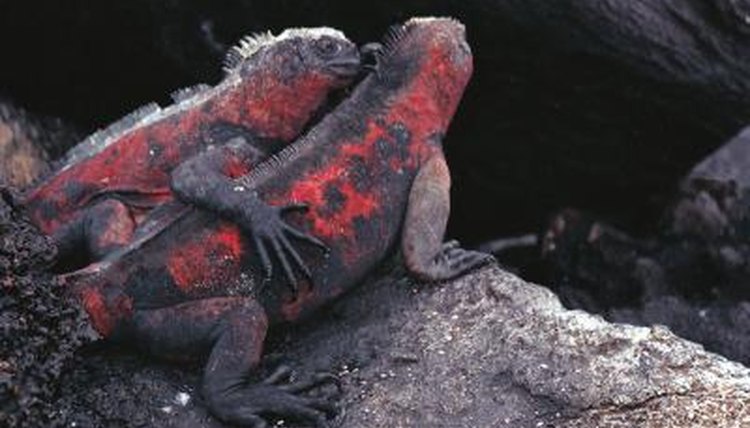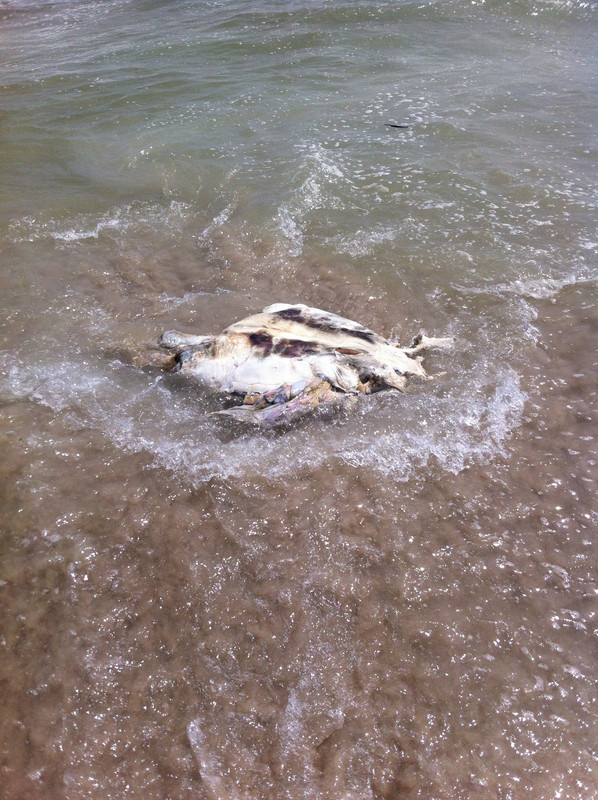Navigation
Install the app
How to install the app on iOS
Follow along with the video below to see how to install our site as a web app on your home screen.
Note: This feature may not be available in some browsers.
More options
You are using an out of date browser. It may not display this or other websites correctly.
You should upgrade or use an alternative browser.
You should upgrade or use an alternative browser.
Sea Turtles ?
- Thread starter CELLFISH
- Start date
I would agree WTF can they extract from a boat hull lolAre barnacles technically parasites? I will think they're more hitchhikers. Other than parasitic drag, I don't think barnacles really extract much from their hosts.
CELLFISH
Well-Known Angler
Are barnacles technically parasites? I will think they're more hitchhikers. Other than parasitic drag, I don't think barnacles really extract much from their hosts.
some pics and vids are gruesome, but that’s for tomorrow...C22...
Sea turtle soup in China?some pics and vids are gruesome, but that’s for tomorrow...C22...
CELLFISH
Well-Known Angler
me’ amigo from golden beach Florida sent two pics of Ocean Turtles ? making two separate nest on his property... this time it’s noticed the nest are not in direct onslaught ofda summer sun sand... the turtles ? decided to use the shade of his property for nesting...
Florida Fish & Game manage the nest... cellfish...
.


Florida Fish & Game manage the nest... cellfish...
.
Last edited:

Turtle Eggs
Turtle eggs are round to slightly oblong, and white to cream in color. Turtle eggs may be rubbery or leathery to the touch -- like snake eggs -- or hard like the egg of a bird. The rigidity of a turtle eggs varies based on how much water the eggs must absorb from their environment; in general, harder eggs are less permeable to water than softer eggs are. Because turtle eggs must pass through the narrow gap in their shells, turtles are limited to producing relatively small eggs and offspring. To help maximize the amount of available space inside their small eggs, the shell of developing turtles is pliable, and often bends to fit inside the egg. While small turtle species only deposit a few eggs at a time, large turtles produce very large clutches, and sometimes produce many clutches per season. The world’s largest species -- the leatherback sea turtle (Dermochelys coriacea) -- deposits an average of 400 to 500 eggs per season.
Variation in Reproductive Methods
Given that the world holds more than 10 times as many snake species as it does turtle species, it's not surprising that snakes exhibit much greater reproductive diversity than turtles. All turtles practice internal fertilization and deposit eggs for external incubation. Most snakes practice internal fertilization as turtles do, but scientists have documented at least one species -- the flowerpot snake (Rhamphotyphlops braminus) -- that is an all female species and reproduces asexually, through parthenogenesis. Most snakes are oviparous, or egg laying, but others give live birth. Two modes of live birth occur in snakes; ovoviviparous species nourish their developing young with egg yolk, while viviparous species nourish their young through a placental connection. Both modes feature young that are enclosed in transparent, unshelled eggs, which hatch at or near the time of birth.
Gender Determination
Two primary methods exist for determining the gender of developing embryos; the combination of the parents' genes determine the gender of some embryos, while environmental conditions surrounding the egg determine the gender of other species. Snakes tend to exhibit genetically determined sex. Turtles, by contrast, largely employ environmentally determined gender. Turtle embryos become male or female based on the temperatures surrounding the egg; above a threshold temperature embryos become one gender, and below that threshold the embryos become the other gender. Some species produce both genders when incubated at moderate temperatures.
wader
Well-Known Angler

World's rarest turtle could avoid extinction after potential mate found in Vietnam lake
A female specimen of the world's rarest turtle has been discovered, meaning the species now has the chance to avoid extinction. Until this year a male Swinhoe's softshell turtle living at Suzhou Zoo in China was thought to be the last of its kind. But genetic testing has confirmed that an animal...
It was a while back. It was either July or August.
This huge sea turtle swims by close to the surface
and goes right under the Cross Bay Bridge. I was'
with Frank at the time.
Here's a picture of a sea turtle that washed up on the beach
at west end 2 at jones beach state park. It looks like it was
attacked by a shark. It's limbs were ripped off. It smelled rancid.

This huge sea turtle swims by close to the surface
and goes right under the Cross Bay Bridge. I was'
with Frank at the time.
Here's a picture of a sea turtle that washed up on the beach
at west end 2 at jones beach state park. It looks like it was
attacked by a shark. It's limbs were ripped off. It smelled rancid.

📱 Fish Smarter with the NYAngler App!
Launch Now
Launch Now
Members online
Total: 414 (members: 12, guests: 402)
Latest articles
-
Conservation Equivalency is a Scam on AnglersEditorial: Conservation Equivalency is a Scam on Anglers Conservation equivalency is a fraud. It...
- george
- Updated:
- 1 min read
-
The New Daiwa Saltiga Jigging RodsThe New Daiwa Saltiga Jigging Rods: A Deep Dive into Daiwa's Latest Light Jigging Arsenal...
- george
- Updated:
- 4 min read
-
The SALTIGA RevolutionCaptain Sal's Saltwater Corner: The SALTIGA Revolution By Captain Sal Wavechaser, 30-year...
- george
- Updated:
- 9 min read
-
Time to End Stop and Frisk on the WaterLet’s be clear. This stop and frisk mentality on the water needs to end. When did we decide it's...
- george
- Updated:
- 2 min read
-
Fishing for Cobia in New York WatersCobia Fishing in New York: Tips for Reeling in the Prized Catch Cobia fishing is very popular in...
- george
- Updated:
- 10 min read
